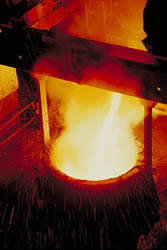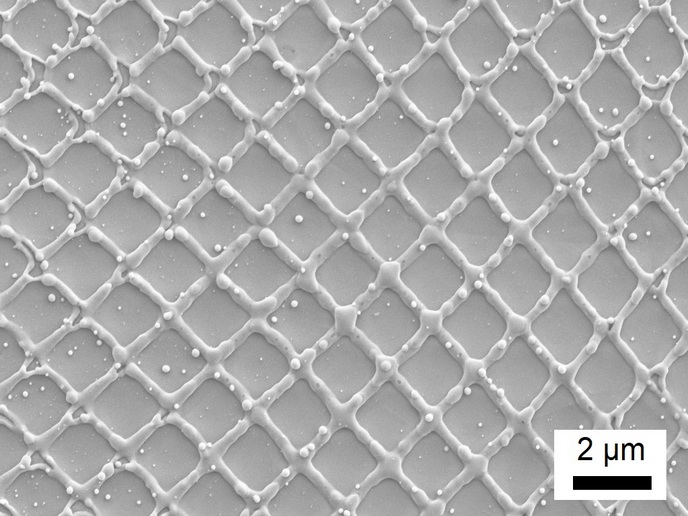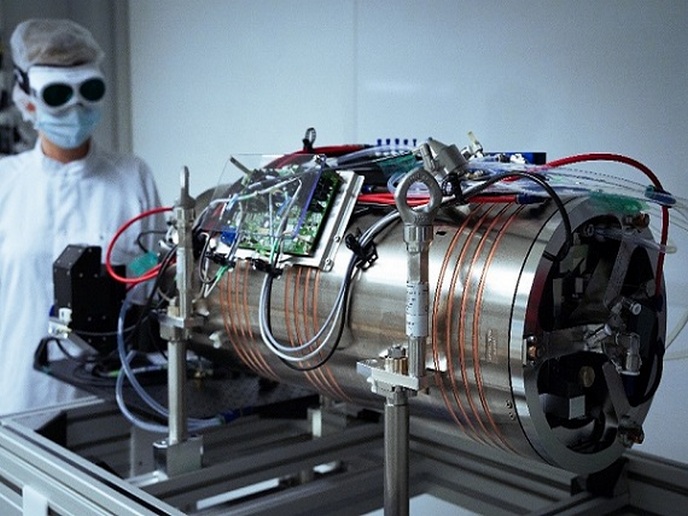Lost foam casts new moulds
Lost foam casting is a process in forging moulds for the production of aluminium alloys and cast iron parts. Typically, a suitable foam substance is used like polystyrene. It is fashioned into a mould and then placed within a box of sand. Liquefied metal is then poured into the cast, taking the shape of the polystyrene, which is burned away or evaporated during the process. The difficulties in this method arise from the fact that it requires a high degree of process control. The liquid metal has to be of an appropriate temperature to ensure proper flow within the mould to prevent premature cooling that would result in design flaws. Additionally pouring methods must be carefully planned in order to prevent carbon trapping, as must the filling patterns and sluice gates. Without which improper burning of the polystyrene mould can occur, leaving residue behind which would result in product design flaws. The Centro Ricerche Fiat SCpA, Italy, has addressed these flaws through their development of a process methodology. Particular emphasis is on steel cast products for the automobile and transport industry, in which lay the greatest challenges. In adapting this technology to suit the lost foam casting technique, a significant technological advancement has been achieved. Currently the most suitable form for the manufacture of steel parts is steel stamping and forging. The casting processes currently used have not been integrated widely into the transport industry. As they are not cost effective, or compatible with mass production. However, lost foam technology for steel casting presents an innovative and competitive technology. Not only is it suitable to cast the complex component parts required, but it presents technological, environmental and economical benefits. High quality castings, low tooling requirements, reduction in energy expenditures and in pollution levels are some of the benefits that add to the cost effectiveness of this process. Overcoming the difficulties steel presents in this method, makes the technology highly viable. Already, Fiat ScpA has successfully manufactured a hollow crankshaft. The crankshaft represents a reduction in weight of 15-20% as well as eliminating the need for additional machining. The identification of other parts that could be produced with this method, as well as its application in manufacturing parts for the aerospace industry, shows the potential scope of this technology.







